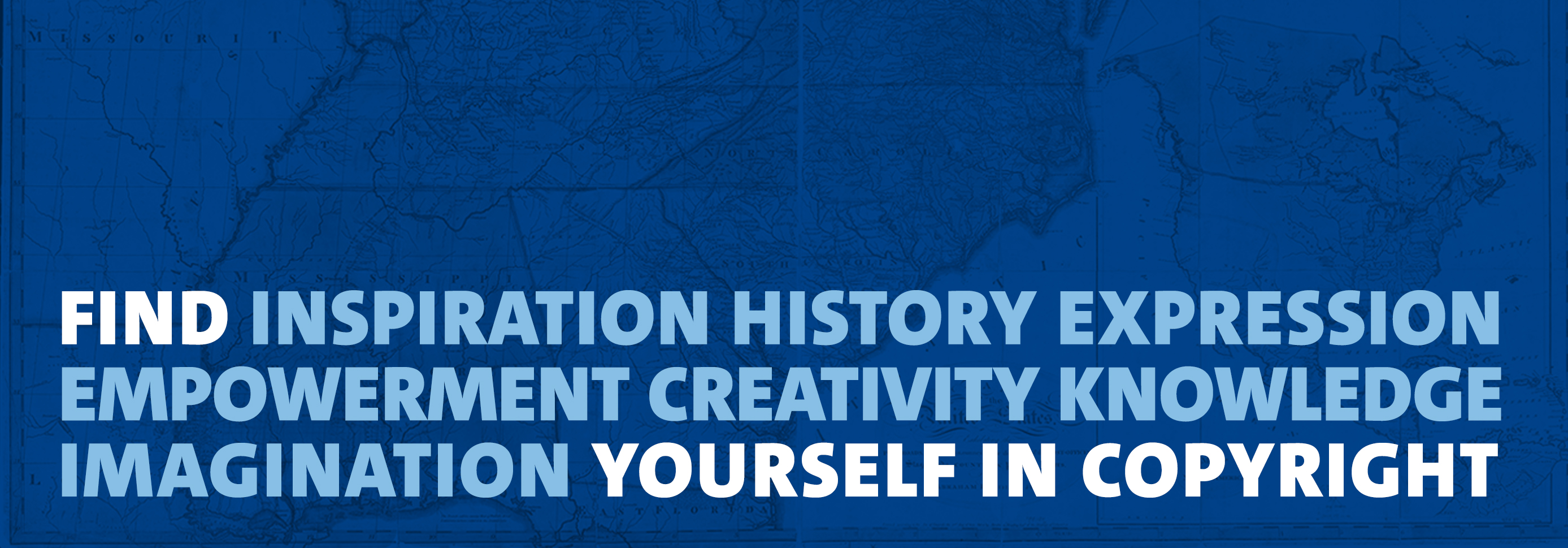
Copyright serves all of us, incentivizing creation and enriching our culture. Find Yourself in Copyright explores how U.S. copyright law has evolved and how the millions of copyright claims registered with the Office illustrate the varied nature of original works. Based on the exhibit located at the Copyright Office, you will learn about the story of copyright in the United States and the Copyright Office’s key role.
Interested in more? Explore the resources on our History and Education page, follow our Copyright: Creativity at Work blog, and visit our exhibit on the fourth floor of the James Madison Memorial Building in Washington, DC.
U.S. Copyright Beginnings
In 1787, James Madison submitted a provision to the Framers of the U.S. Constitution to “secure to literary authors their copyrights for a limited time,” laying part of the foundation for Article I’s intellectual property clause.
It Begins with a Spark
The Statue of Liberty is one of the most famous sculptures ever registered for copyright. Its fame preceded its completion, and it continues to inspire new works.
The Lifecycle of Copyright
The U.S. Constitution set the stage for Congress to pass copyright laws to protect creative works, but copyright protection does not last forever.
The Evolution of Copyright Law
Originally, U.S. copyright law only protected books, charts, and maps. Over time, the law has evolved to include broad categories encompassing a wide range of works.
U.S. Copyright Office
The U.S. Copyright Office is an important part of the copyright system, responsible for administering a complex and dynamic set of laws.





